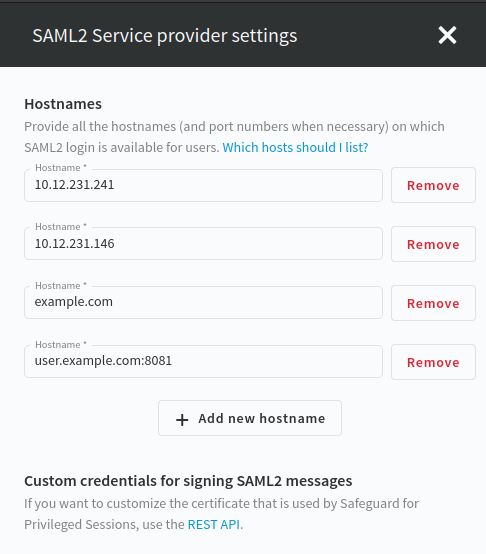If the IdP provides the user's groups in attribute values, then SPS evaluates the permissions assigned to these groups, therefore user authorization is performed based on the assertion only. SPS supports the following attributes for groups:
-
eduPersonEntitlement
-
isMemberOf
-
group

